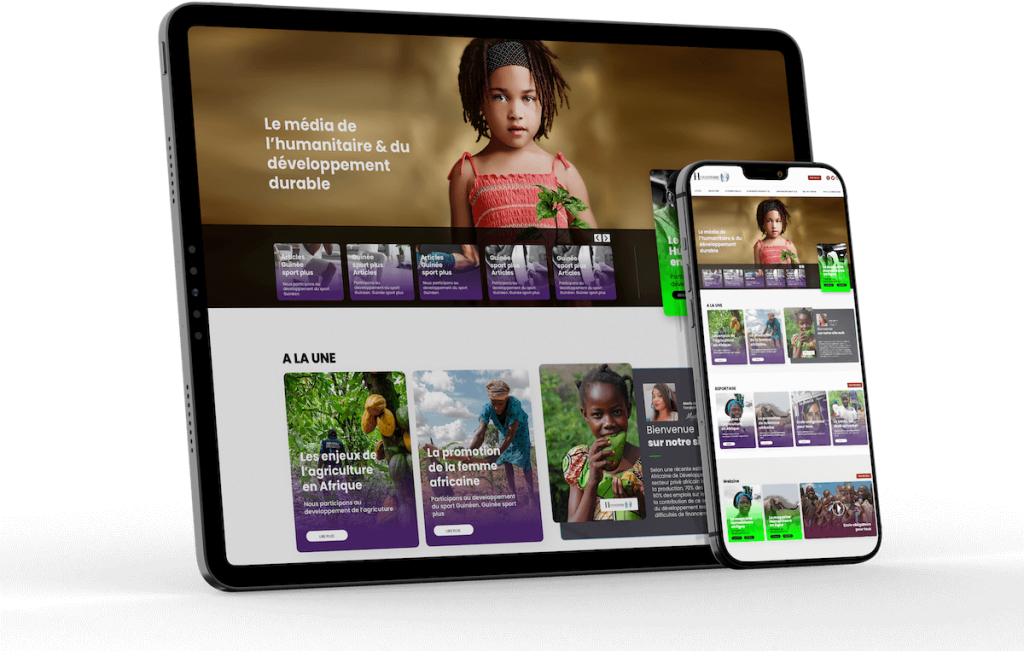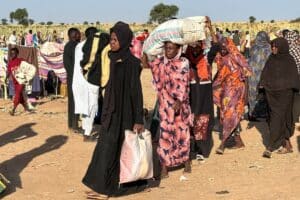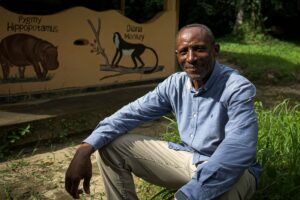Bangkok, Thailand
Friday, May 24, 2024
Hotter, more polluted, more inhospitable… The planet has changed as a result of human activity, and infectious diseases are on the rise in this new environment.
Recent studies point to the complex consequences of human-induced climate change, between the spread of certain diseases and new modes of transmission for others.
In particular, vector species such as mosquitoes thrive in a more humid climate with higher temperatures, and disease-carrying animals move closer to humans as their habitat disappears.
The loss of biodiversity seems to play a major role in the multiplication of diseases, according to a study published this week in the scientific journal Nature.
Nearly 3,000 databases from previous work were analyzed to discover how biodiversity loss, climate change, pollution, habitat destruction or modification, and the introduction of new species affect the development of infectious diseases in humans, animals and plants.
The erosion of biodiversity has been identified as the primary factor, followed by climate change and the introduction of new species.
Parasites target species that are present en masse and therefore offer more potential hosts,” points out Jason Rohr, one of the authors and Professor of Biology at the University of Notre-Dame-de-Nord.
And species with larger populations are more likely to “devote themselves to growth, reproduction and propagation, to the detriment of defense against parasites”, he explained to AFP.
Conversely, rarer and more resistant species are more vulnerable to biodiversity decline, resulting in a greater proportion of abundant species susceptible to parasites, the scientist detailed.
“If there is more generation of parasites or vectors, then there can be more disease,” Rohr summarized.
– Unequal consequences –
However, the human footprint on the planet has not only increased the risks.
Habitat loss or change has been associated in some cases with a decline in disease, largely thanks to advances that came with urbanization, such as running water and sewage.
And the consequences of climate change are not the same everywhere.
In tropical regions, the warmer, wetter climate is leading to an explosion in dengue cases. But in Africa, drier conditions could help stem the spread of malaria.
A study published this week in the journal Science has modeled the interactions between climate change, precipitation and hydrological processes such as evaporation and the speed at which water penetrates soils.
This research predicts a greater reduction in transmission zones than that predicted by analyses based on rainfall alone.
The study suggests that the malaria transmission season could be four months shorter in some parts of Africa than previously estimated.
Nevertheless, these observations are not necessarily good news, tempered Mark Smith, Research Associate Professor of Hydrology at the University of Leeds and lead author of the study.
“The areas conducive to the spread of malaria will change,” he told AFP.
And the population is expected to grow rapidly in areas where malaria will still occur or become transmissible, increasing the incidence of the disease.
Mr. Smith warns that conditions too harsh for malaria can also be too harsh for humans, taking the availability of water as an example.
– Diseases, climate, same battle –
Nevertheless, the links between climate and infectious diseases suggest that climate modeling can be used to anticipate epidemics.
Local temperatures and precipitation forecasts are already used to predict increases in the number of dengue cases, but they offer only short-term information and are not always reliable.
The Indian Ocean Basin Index (IOBW), which measures the mean of temperature anomalies at the water’s surface, could be an alternative.
Another study published in the journal Science this week shows a close correlation between fluctuations in the IOBW and dengue epidemics in both the southern and northern hemispheres.
As the study was retrospective, the predictive potential of IOBW has not been proven, but monitoring this index could help authorities to prepare better.
In any case, tackling infectious diseases is like tackling climate change,” sums up Mr Rohr.
Humaniterre with AFP





